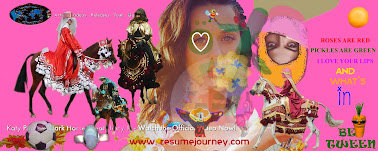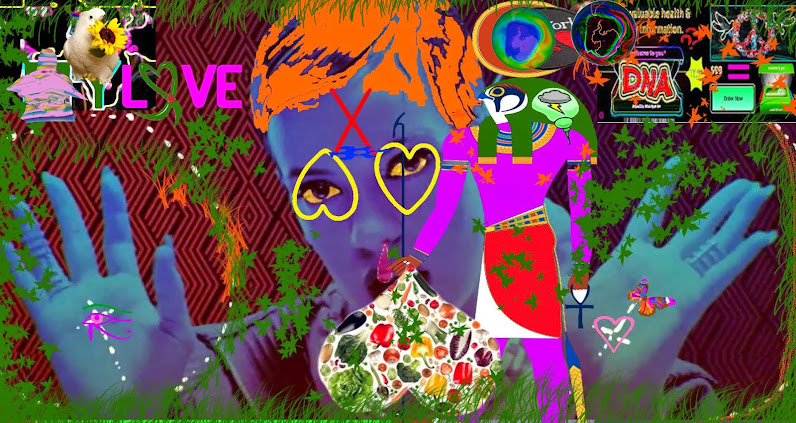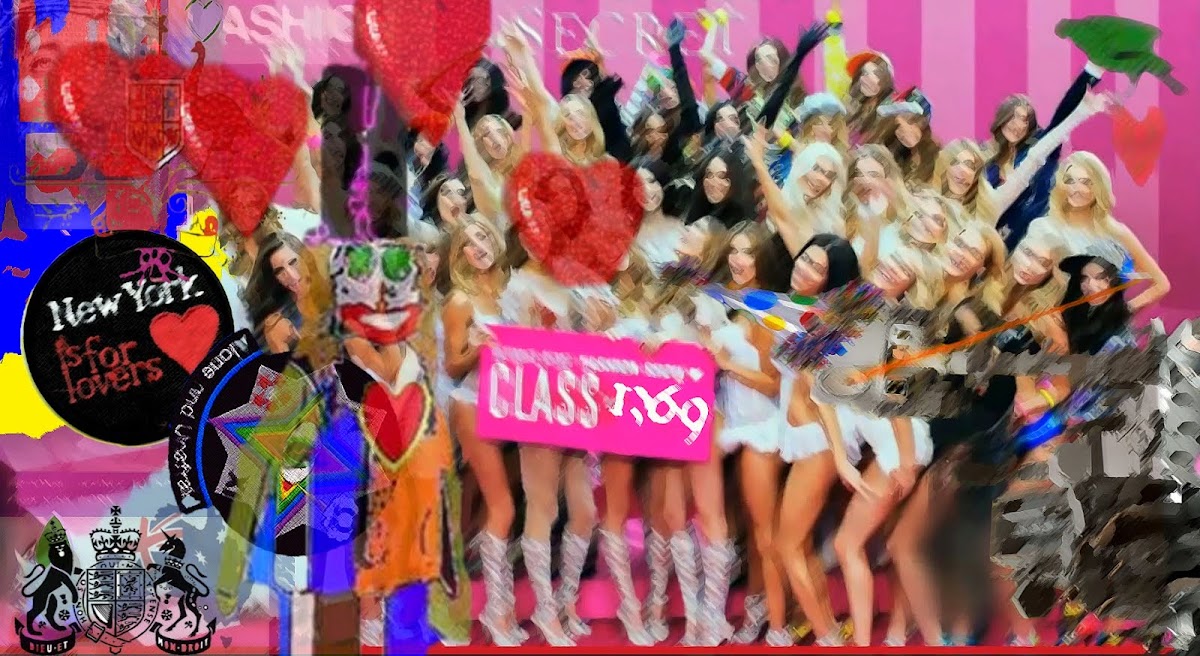Typeface Text
Baskerville
Baskerville is a transitional serif typeface designed in 1757 by John Baskerville (1706–1775) in Birmingham, England. Baskerville is classified as a transitional typeface, positioned between the old style typefaces of William Caslon, and the modern styles of Giambattista Bodoni and Firmin Didot.
The Baskerville typeface is the result of John Baskerville’s intent to improve upon the types of William Caslon. He increased the contrast between thick and thin strokes, making the serifs sharper and more tapered, and shifted the axis of rounded letters to a more vertical position. The curved strokes are more circular in shape, and the characters became more regular. These changes created a greater consistency in size and form.
Baskerville’s typeface was the culmination of a larger series of experiments to improve legibility which also included paper making and ink manufacturing. The result was a typeface that reflected Baskerville’s ideals of perfection, where he chose simplicity and quiet refinement. His background as a writing master is evident in the distinctive swash tail on the uppercase Q and in the cursive serifs in the Baskerville Italic. The refined feeling of the typeface makes it an excellent choice to convey dignity and tradition.
In 1757, Baskerville published his first work, a collection of Virgil, which was followed by some fifty other classics. In 1758, he was appointed printer to the Cambridge University Press. It was there in 1763 that he published his master work, a folio Bible, which was printed using his own typeface, ink, and paper.
The perfection of his work seems to have unsettled his contemporaries, and some claimed the stark contrasts in his printing damaged the eyes. Abroad, however, he was much admired, notably by Fournier, Bodoni (who intended at one point to come to England to work under him), and Benjamin Franklin.
Baskerville from Webmaster
Bodoni
Bodoni is a series of serif typefaces first designed by Giambattista Bodoni (1740–1813) in 1798. The typeface is classified as Didone modern. Bodoni followed the ideas of John Baskerville, as found in the printing type Baskerville, that of increased stroke contrast and a more vertical, slightly condensed, upper case, but taking them to a more extreme conclusion. Bodoni had a long career and his designs evolved and differed, ending with a typeface of narrower underlying structure with flat, unbracketed serifs, extreme contrast between thick and thin strokes, and an overall geometric construction. Though these later designs are rightfully called “modern”, the earlier designs are “transitional”. Among digital versions, there are two good examples of the earlier, transitional period: Sumner Stone’s ITC Bodoni, and Günther Lange’s “Bodoni Old Face” for Berthold. Virtually all other versions are based on Bodoni’s most extreme late manner. Bodoni admired the work of John Baskerville and studied in detail the designs of French type founders Pierre Simon Fournier and Firmin Didot. Although he drew inspiration from the work of these designers, above all from Didot, no doubt Bodoni found his own style for his typefaces, which deservedly gained worldwide acceptance among printers.
Century
Century refers to a family of type faces derived from the original Century Roman cut by American Type Founders’ designer Linn Boyd Benton in 1894. Despite originating in the nineteenth century, use of the typeface remains strong, for periodicals, textbooks, and literature. The faces are noted for their exceptional legibility, so much so that the Supreme Court of the United States requires that briefs be typeset in Century family type. With the merging of twenty-three foundries into American Type Founders in 1892, Linn Boyd Benton’s son, Morris Fuller Benton, was given the task of consolidating and purging the faces of these manufacturers into a coherent selection. Following this, he was given the task of adapting Century No. 2 to meet the Typographical Union standards of the time. Records now in the Smithsonian show that M.F. Benton not only re-designed his father’s face, but did so with reference to #16 Roman of the Bruce Type Foundry which A.T.F. had recently acquired. (And which, probably not coincidentally, had been introduced in the Bruce Foundry catalog of 1877 which had been printed by De Vinne.)
Century from Webmaster
Garamond
Garamond /ˈɡærəmɒnd/ is the name given to a group of old-style serif typefaces named after the punch-cutter Claude Garamont (also spelled as Garamond, Latinised as garamondus) (c. 1480–1561). Many of the Garamond faces are more closely related to the work of a later punch-cutter, Jean Jannon. A direct relationship between Garamond’s letterforms and contemporary type can be found in the Roman versions of the typefaces Adobe Garamond, Granjon, Sabon, and Stempel Garamond.
Garamond’s letterforms convey a sense of fluidity and consistency. Some unique characteristics in his letters are the small bowl of thea and the small eye of the e. Long extenders and top serifs have a downward slope.
Garamond is considered to be among the most legible and readable serif typefaces for use in print (offline) applications. While some unscientific studies have periodically noted that it uses much less ink than Times New Roman, expert analysis points out that the savings is due to it being 15% smaller at a given point size. Garamond, along with Times New Roman and Century Gothic, has been identified by the GSA as a "toner-efficient" font.
Garamond from Webmaster
Helvetica
Helvetica is a widely used sans-serif typeface developed in 1957 by Swiss typeface designer Max Miedinger with Eduard Hoffmann.
Helvetica was developed in 1957 by Max Miedinger with Eduard Hoffmann at the Haas’sche Schriftgiesserei (Haas type foundry) of Münchenstein, Switzerland. Haas set out to design a new sans-serif typeface that could compete with the successful Akzidenz-Grotesk in the Swiss market. Originally called Neue Haas Grotesk, its design was based on Schelter-Grotesk and Haas’ Normal Grotesk. The aim of the new design was to create a neutral typeface that had great clarity, no intrinsic meaning in its form, and could be used on a wide variety of signage.
When Linotype adopted Neue Haas Grotesk (which was never planned to be a full range of mechanical and hot-metal typefaces) its design was reworked. After the success of Univers, Arthur Ritzel of Stempel redesigned Neue Haas Grotesk into a larger family.
In 1960, the typeface’s name was changed by Haas’ German parent company Stempel to Helvetica in order to make it more marketable internationally. It was initially suggested that the type be called ‘Helvetia’ which is the original Latin name for Switzerland. This was ignored by Eduard Hoffmann as he decided it wouldn’t be appropriate to name a type after a country. He then decided on ‘Helvetica’ as this meant ‘Swiss’ as opposed to ‘Switzerland’.
Helvetica from Webmaster
trajan Pro Regular
Trajan is an old style serif typeface designed in 1989 by Carol Twombly for Adobe. The design is based on the letterforms of capitalis monumentalis or Roman square capitals, as used for the inscription at the base of Trajan’s Column from which the typeface takes its name. Since the inscription and its writing form manifests in only one case, Trajan is an all-capitals typeface. Instead, small caps are commonly used, and a more complete set of glyphs contained in Trajan Pro (a 2001 update of the original typeface) includes a lower case of small caps.
Although Twombly was the first to do a very literal translation of the Trajan inscription into type, a number of interpretations (with added lowercase alphabets) predate Twombly’s, particularly Emil Rudolf Weiss’ “Weiss” of 1926, Frederic Goudy’s 1930 “Goudy Trajan,” while Warren Chappell’s “Trajanus” of 1939, while having similar forms for capitals has a markedly medieval lowercase. There are also numerous prominent typefaces that are not revivals, but owe a very clear debt to the Trajan letterforms, most notably Hermann Zapf’s 1955 Optima.
http://en.wikipedia.org/wiki/Trajan_(typeface
Carol Twombly (born 1959) is an American calligrapher and typeface designer who has designed many typefaces, including Trajan, Myriad and Adobe Caslon. She worked as a type designer at Adobe Systems from 1988 through 1999, during which time she designed, or contributed to the design of, many typefaces. She retired from type design in early 1999, to focus on her other design interests, involving textiles and jewelry.













